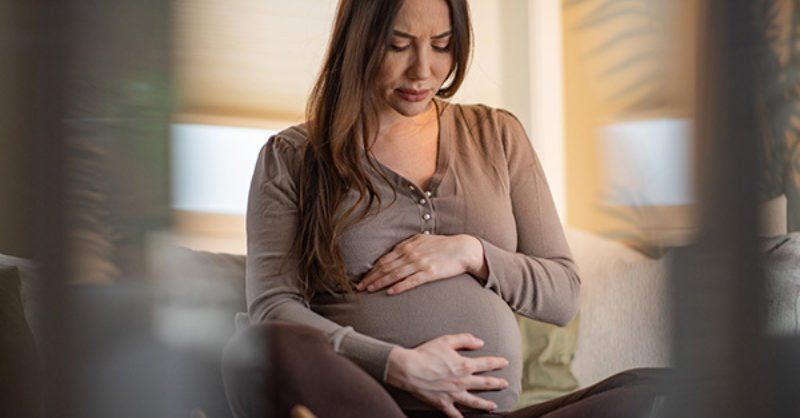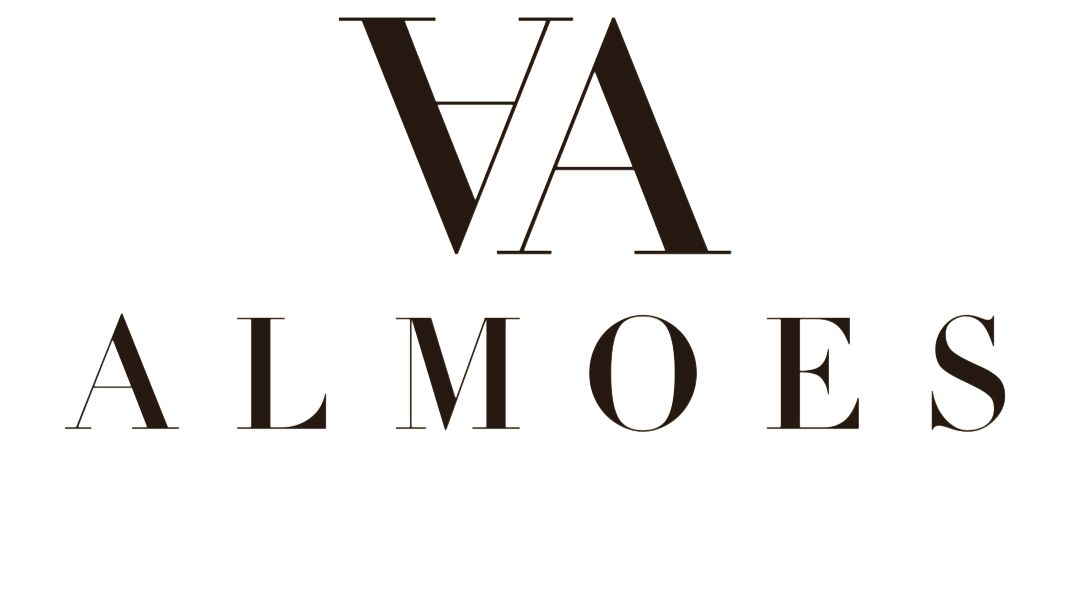Biliary colic in pregnancy
Symptomatic cholelithiasis.

Pregnant women (particularly those with concomitant obesity) are at increased risk for symptomatic cholelithiasis because they have elevated estrogen levels, which increases cholesterol excretion into bile, and elevated progesterone levels, which decreases gallbladder motility and emptying. As gallstones form and become too large to pass through the cystic duct, they intermittently obstruct the cystic duct when the gallbladder contracts (eg, with fatty meals). This obstruction causes increased intraluminal pressure, leading to the characteristic intermittent RUQ pain that can radiate to the back. Diagnosis is confirmed with RUQ ultrasound, which may show gallstones or biliary sludge (appearing as echogenic foci within the gallbladder). Management during pregnancy is conservative because most cases resolve with supportive care (eg, pain control). Cholecystectomy is usually delayed until the postpartum period.



